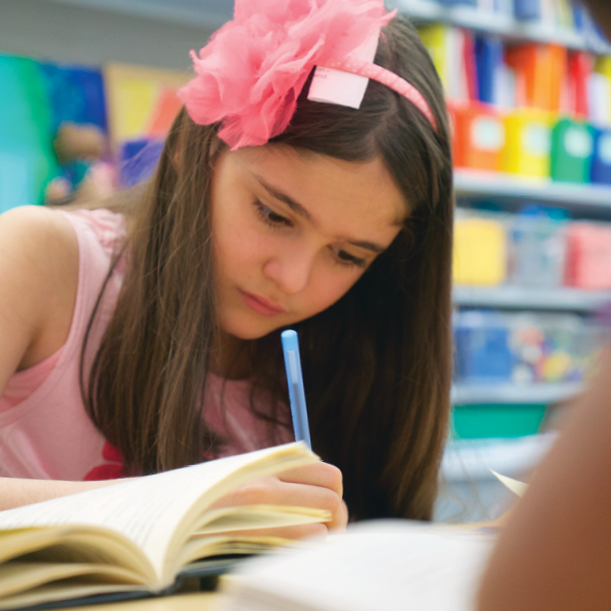
by Anna Gratz Cockerille
One of the most challenging aspects of teaching reading is that reading work is mainly invisible. The older students grow, the more sophisticated their thinking and their books become, and the harder it is to assess how much of their reading they are grasping. Reading teachers need ways to make students’ thinking visible. This is why channeling students to talk and write about their reading is so crucial. But students need more than just time to talk and write. They need instruction in ways to lift the level of their work so that their talk, their writing, and, ultimately, their reading, gets richer.
At this week’s TCRWP Twitter chat, experts Audra Robb, Mary Ehrenworth, and Katy Wischow will be on hand to lead a discussion of ways to help students get better at writing about their reading. Specifically, they’ll target reading notebooks. Often, there is a misconception that reading notebooks need to be beautiful, perfectly organized and executed. Or, that students should move through them lock-step, each page reflecting an assignment for that day’s work.
But notebooks that really showcase students’ thinking can be messy, vibrant, and unique. Imagine a class engaged in reading workshop. They are reading fiction and growing ideas about characters. It is independent reading time, and kids are absorbed in their reading. (Note: Never should writing about reading become so cumbersome or time consuming that it interrupts students’ volume and engagement. We recommend no more than 10% of students’ total reading time be spent on writing. Writing workshop is when students should write longer about their reading.) As they read, some students stop to jot for a minute or two. Others wait until the end of the class period, and record some of their thinking then. Still others make plans to do some writing about their reading for homework.
If you were to peruse the students’ notebooks, you might find some pages with a short bullet list, others with longer passages of thought. You might find still other pages with sketches, and others with sets of Post-it notes pulled from the book and organized to support a theory the reader is growing. It would be very unlikely any two notebooks would look the same. You’d be able to scan these notebooks and get a sense of the avenues of thought down which the reader is progressing. You’d also get a sense of the instruction they are getting, both in reading work and in ways to make their writing about reading better. You’d notice that their writing is become richer and reflective of deeper thinking as the unit progresses.
Join Audra, Mary, and Katy this week to hear more about ways to support your students’ writing about reading so that the above description fits your classroom. As always, we love to learn from your photos. Please feel free to share snaps of awesome reading notebooks (without students’ names, of course). Or, share photos of your own mentor notebook pages.
♦ ♦ ♦ ♦
Each Wednesday night at 7:30pm eastern, The Teacher's College Reading and Writing Project hosts a Twitter chat using the hashtag #TCRWP. This week Join @audrakrobb, @maryehrenworth, & @kw625 to chat about making reading notebooks awesome.
♦ ♦ ♦ ♦
Not on Twitter? Take Heinemann’s free Twitter for Educators course here.
 Anna Gratz Cockerille, Coauthor of Bringing History to Life (Grade 4) in the Units of Study for Teaching Writing Series.
Anna Gratz Cockerille, Coauthor of Bringing History to Life (Grade 4) in the Units of Study for Teaching Writing Series.
Anna was a teacher and a literacy coach in New York City and in Sydney, Australia, and later became a Staff Developer and Writer at TCRWP. She served as an adjunct instructor in the Literacy Specialist Program at Teachers College, and taught at several TCRWP institutes, including the content literacy institute, where she helped participants bring strong literacy instruction into social studies classrooms. Anna also has been a researcher for Lucy Calkins, contributing especially to Pathways to the Common Core: Accelerating Achievement (Heinemann 2012), and Navigating Nonfiction in the Units of Study for Teaching Reading, Grades 3–5 series (Heinemann 2010). Most recently, Anna served as an editor for the Units of Study for Teaching Reading, K–5 series.


